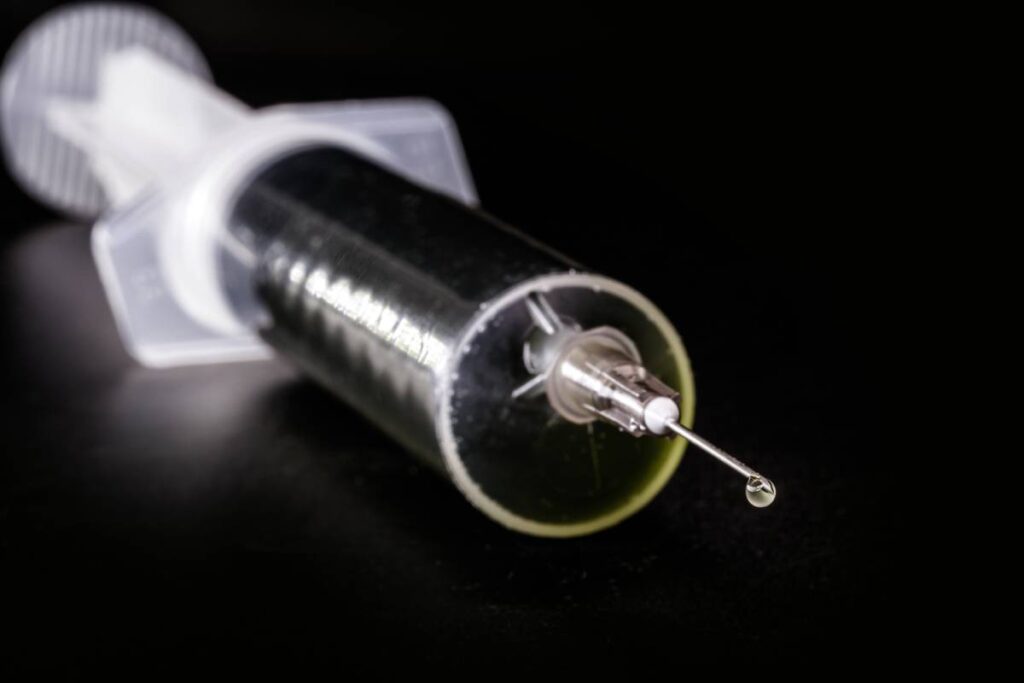Neuromuscular blockade, which induces temporary paralysis, is a medical technique used during certain surgical procedures to relax and immobilize muscles in the body. Although the concept of paralysis might sound alarming, the controlled and temporary state provided by neuromuscular blockade is crucial for the successful execution of various medical interventions.
Neuromuscular blockade involves the administration of medications that interfere with the communication between nerves and muscles, effectively preventing muscle contractions. By blocking the transmission of nerve impulses at the neuromuscular junction, the connection between motor nerves and muscles is temporarily disrupted. This controlled paralysis serves several important purposes during surgical procedures and medical interventions.
One primary reason for inducing neuromuscular blockade is to facilitate optimal surgical conditions. In some surgeries, especially those involving the abdomen, chest, or certain delicate structures, it is crucial for the surgeon to have a clear and unobstructed view of the operative field. By inducing temporary paralysis in specific muscles with neuromuscular blockade, unwanted movements and reflexes are minimized, enabling the surgeon to perform precise and delicate maneuvers.
Additionally, neuromuscular blockade can assist with the placement of artificial airways. During procedures requiring general anesthesia, a breathing tube is often inserted into the patient’s airway to ensure adequate ventilation. By inducing temporary paralysis, the muscles in the airway can relax, facilitating smoother and safer insertion of the breathing tube.
It is important to note that neuromuscular blockade is always administered under the supervision of trained medical professionals, such as anesthesiologists or specialized nurse anesthetists, who carefully monitor its effects throughout the procedure. The level of paralysis is precisely controlled and tailored to the individual patient’s needs, ensuring that it remains temporary and reversible.
Reversal agents are available to counteract the effects of neuromuscular blockade once the procedure is complete. These medications work by restoring normal communication between nerves and muscles, gradually allowing muscle function to return. Patient safety is of utmost importance, and healthcare providers closely monitor the patient’s respiratory function and other vital signs to ensure a smooth recovery from the temporary paralysis.
It is important to highlight that neuromuscular blockade is distinct from other forms of paralysis, such as spinal cord injury or neurological disorders, which are not controlled and also may not be temporary. In neuromuscular blockade, the temporary loss of muscle function is deliberately induced and carefully managed for specific medical purposes, with the goal of facilitating a successful surgical outcome.
While neuromuscular blockade is generally safe and well-tolerated, it does carry potential risks and side effects. These can include allergic reactions, respiratory complications, and interactions with other medications. However, healthcare professionals take thorough precautions, assess the patient’s medical history, and closely monitor the patient’s condition to minimize any potential risks.
